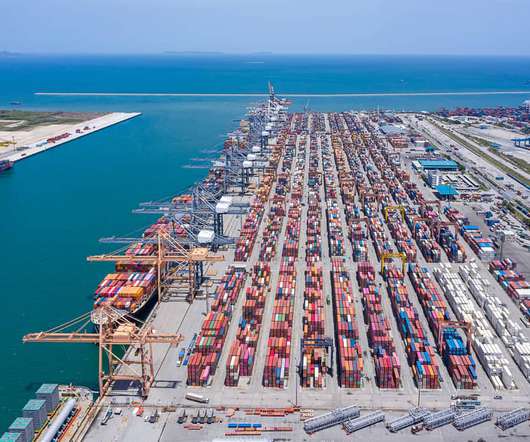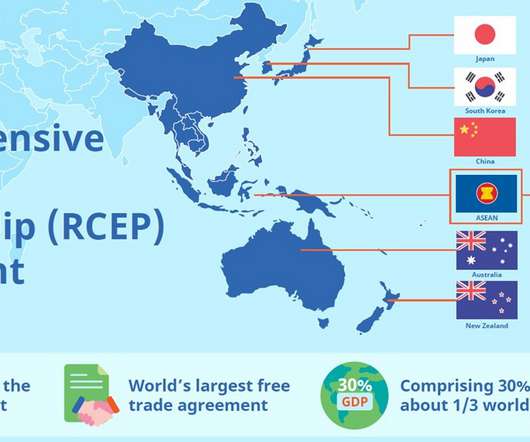Is Saint-Gobain Serious About Reducing Their Carbon Footprint?
Logistics Viewpoints
JANUARY 31, 2022
Let’s put a major multinational – Saint-Gobain – under the microscope to illustrate how this kind of analysis. However, their carbon reduction goals for their value chain operations for 2030 will not be changed. In other words, they aim to reduce carbon by this target by 2030 regardless of company growth.
















Let's personalize your content